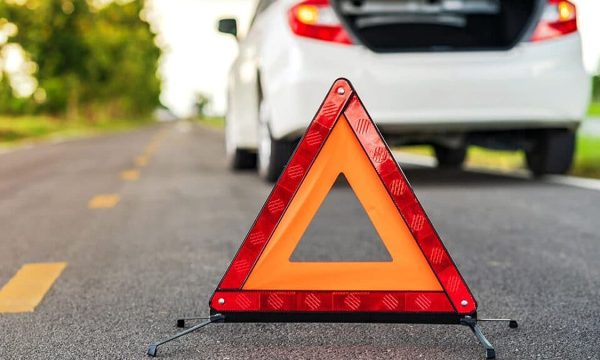Auto insurance serves as a fundamental financial shield for vehicle owners, offering security against unexpected events and liabilities. Despite driving being a routine task for numerous individuals, unforeseen accidents can occur at any given moment. The presence of appropriate auto insurance coverage guarantees that vehicle owners receive financial security in cases of accidents, damages, or theft. This article aims to assist readers in navigating the intricacies of auto insurance, aiding them in comprehending coverage alternatives, variables influencing premiums, and making well-informed choices when selecting an insurance plan.
Toc
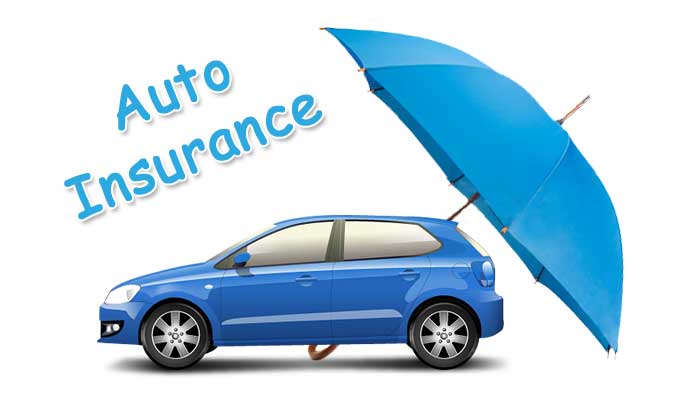
Understanding Auto Insurance
Auto insurance is a contract between the vehicle owner and the insurance company. The vehicle owner pays a premium, and in return, the insurance company provides coverage for specified risks outlined in the policy. Auto insurance policies typically offer different types of coverage, each designed to protect against specific situations.
Liability Coverage: This is the most basic form of auto insurance and is required by law in most states. Liability coverage helps pay for bodily injury and property damage costs if the policyholder is at fault in an accident.
Collision Coverage: Collision coverage helps pay for vehicle repairs or replacement if the policyholder’s car is damaged in a collision with another vehicle or object.
Comprehensive Coverage: Comprehensive coverage protects against non-collision incidents, such as theft, vandalism, natural disasters, and animal collisions.
Mandatory Auto Insurance Requirements
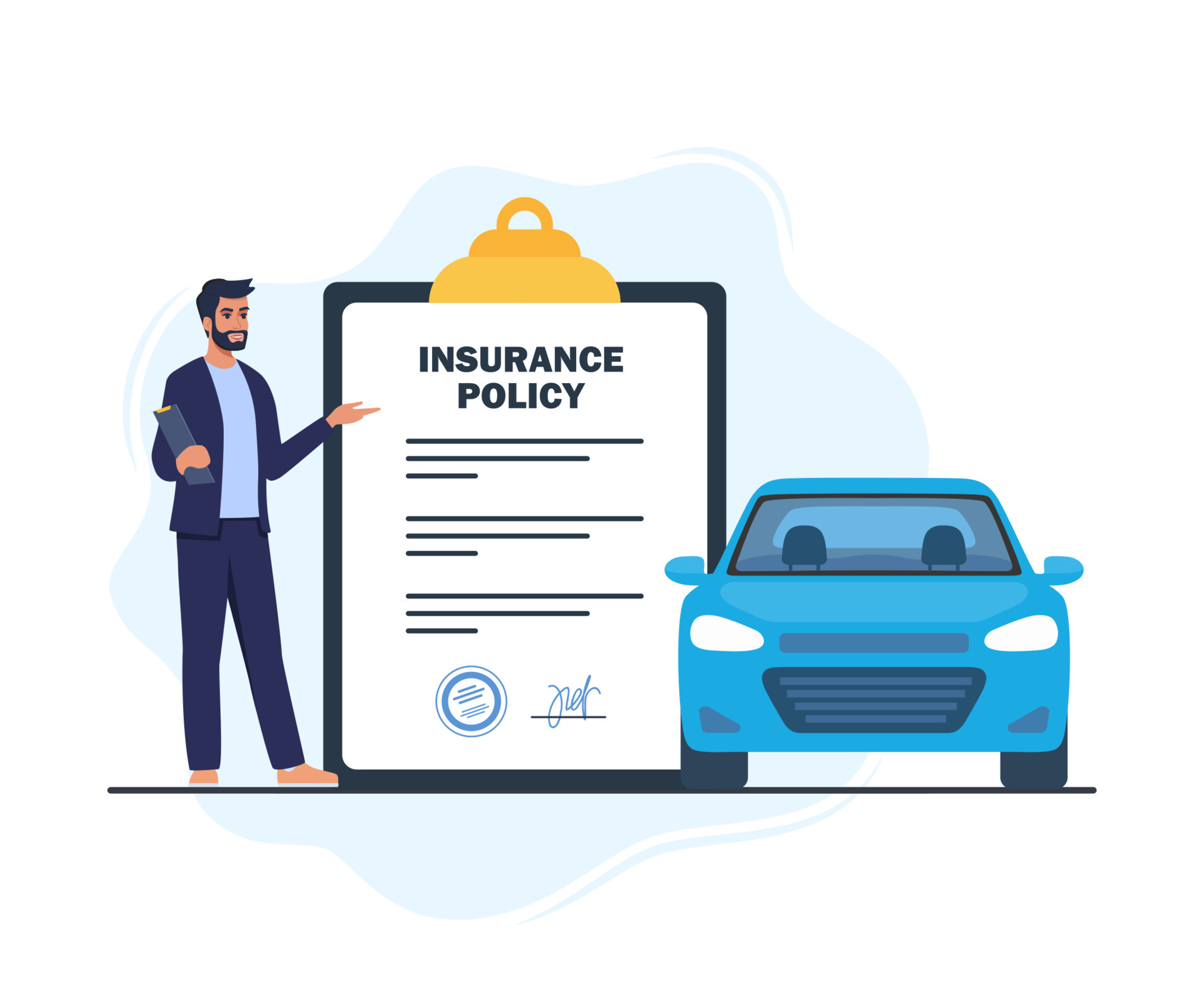
Each state has its own set of auto insurance requirements, mandating the minimum coverage drivers must carry. These requirements ensure that all drivers have at least a basic level of financial responsibility in case of accidents. It is essential for vehicle owners to familiarize themselves with their state’s insurance laws and maintain the necessary coverage. Failure to do so could result in fines or even the suspension of a driver’s license.
Minimum liability coverage is typically required by most states, which covers the cost of damages to other vehicles and property if you are at fault in an accident. However, it is recommended to have more than just the minimum coverage in order to fully protect yourself and your assets in case of an accident.
In addition to liability coverage, many states also require drivers to carry uninsured/underinsured motorist coverage. This type of insurance protects you if you are involved in an accident with a driver who does not have sufficient insurance or has no insurance at all.
Other optional coverages include collision coverage and comprehensive coverage. Collision coverage helps pay for vehicle repairs or replacement if the policyholder is at fault in an accident. Comprehensive coverage covers damages to your vehicle from non-accident related incidents such as theft, vandalism, or natural disasters.
It is important to carefully consider the coverage options and limits that best suit your needs and budget. Keep in mind that having adequate insurance can provide peace of mind and protection against financial burden in the event of an accident.
In addition to car insurance, it is also important to practice safe driving habits and maintain a good driving record. This can help keep your insurance premiums low and decrease the likelihood of being involved in accidents.
Ultimately, while car insurance may be seen as an additional expense, it is a necessary investment for both legal compliance and personal protection. Be sure to research different providers and their coverages to find the best fit for you and your vehicle. Don’t wait until it’s too late – make sure you have adequate car insurance coverage today.
Key Coverage Areas
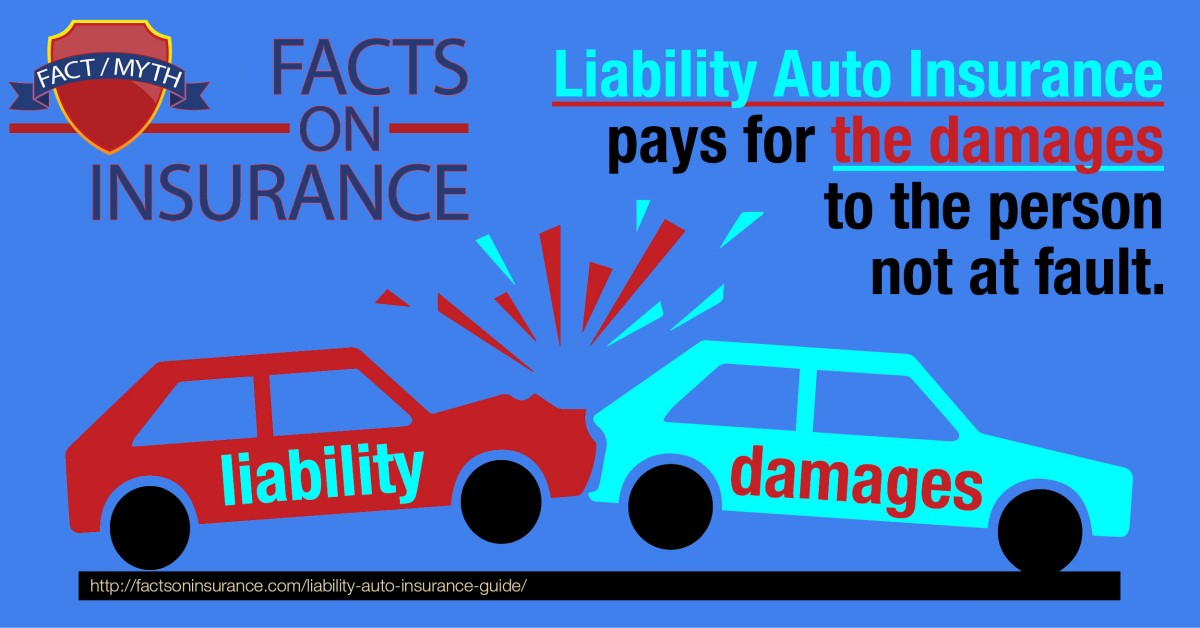
Understanding the different types of coverage available is crucial for making informed choices when selecting an auto insurance policy.
- Liability Coverage: Liability coverage is a fundamental aspect of auto insurance. It provides financial protection if the policyholder is responsible for causing injuries to others or damaging their property in an accident.
- Collision Coverage: Collision coverage is especially important for drivers with newer vehicles. It helps cover the cost of repairs or replacement if the policyholder’s car is damaged in a collision with another vehicle or object.
- Comprehensive Coverage: Comprehensive coverage offers protection against non-collision incidents, such as theft, vandalism, fire, natural disasters, and encounters with animals.
Factors Affecting Auto Insurance Premiums
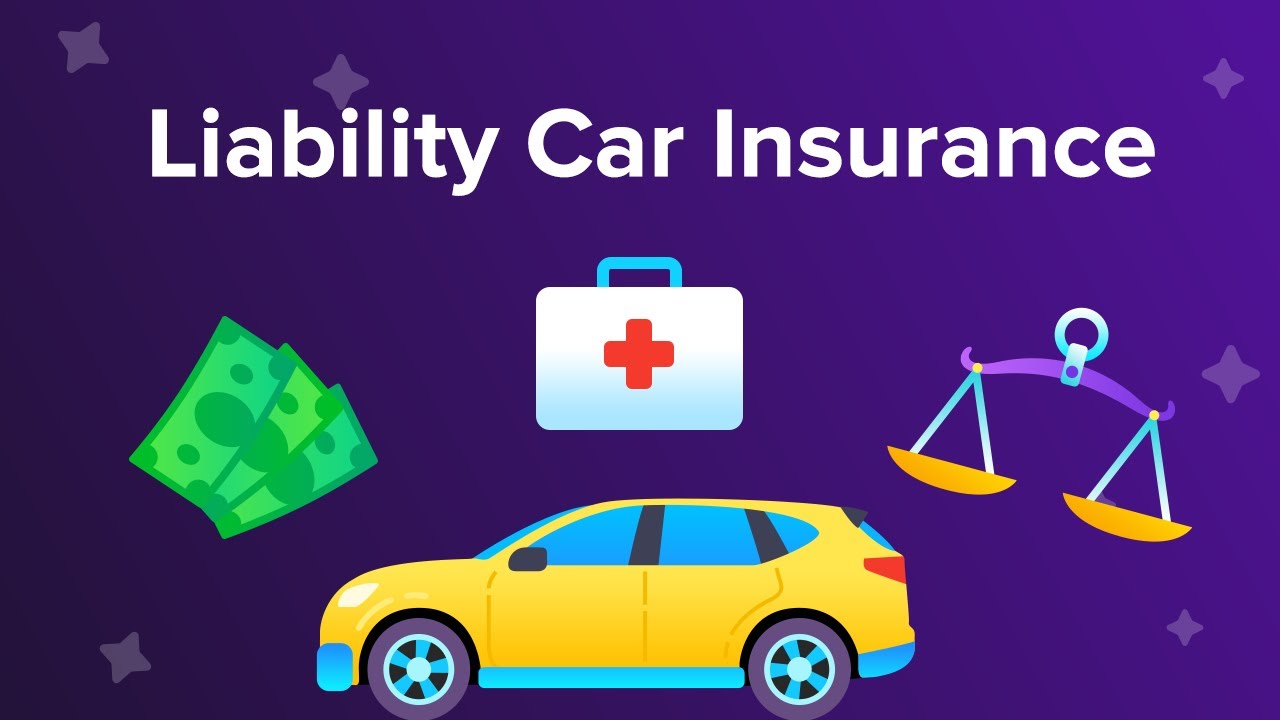
Several factors influence the cost of auto insurance premiums. Understanding these factors can help vehicle owners manage their insurance costs effectively.
- Personal Factors: Age, gender, driving experience, and marital status can impact insurance premiums. Younger and inexperienced drivers may face higher premiums due to a perceived higher risk.
- Vehicle-related Factors: The make, model, and year of the vehicle can affect insurance costs. Vehicles with advanced safety features may qualify for discounts, while sports cars may have higher premiums.
- Geographic Location: The location where the vehicle is primarily driven and parked can influence insurance rates. Urban areas with higher traffic density and theft rates may have higher premiums.
- Driving History: A clean driving record with no accidents or traffic violations generally leads to lower insurance premiums. Safe driving habits are rewarded by insurance companies.
Shopping for Auto Insurance
When shopping for auto insurance, it’s essential to compare quotes and policies from multiple insurance providers. Online tools and insurance aggregators can streamline the comparison process, allowing vehicle owners to find the best coverage at competitive rates. It’s important to also consider the reputation and customer service of the insurance company. Reading reviews and asking for recommendations from friends and family can help in making an informed decision.

Factors that Impact Auto Insurance Rates
Auto insurance rates are not solely based on personal driving history and location. Other factors such as age, gender, credit score, and type of vehicle can also impact insurance premiums.
1. https://viralblogspost.com/archive/3298/
2. https://viralblogspost.com/archive/3515/
3. https://viralblogspost.com/archive/3574/
Age: Younger drivers under the age of 25 typically have higher insurance rates due to their lack of experience on the road.
Gender: Statistics show that male drivers tend to be involved in more accidents than female drivers, resulting in higher insurance rates for men.
Credit Score: A good credit score demonstrates responsible financial habits which can lead to lower insurance rates.
Type of Vehicle: The make, model, and year of a vehicle can affect insurance rates. High-end luxury cars and sports cars typically have higher premiums due to their increased value and potential for expensive repairs.
Location: The area in which a driver lives can also impact insurance rates. Urban areas with high traffic and crime rates may result in higher premiums compared to rural areas with less congestion.
Driving History: A clean driving record with no accidents or tickets can lead to lower insurance rates as it demonstrates responsible driving habits.
Coverage Options: Different coverage options such as liability, collision, and comprehensive all play a role in determining insurance rates. Opting for more coverage may result in higher premiums.
Ways to Lower Auto Insurance Rates

While some factors that impact auto insurance rates are out of your control, there are steps you can take to potentially lower your premiums.
1. Comparison shop for insurance quotes: It’s always a good idea to compare insurance rates from multiple providers before making a decision. This can help you find the best deal and potentially save money on your premiums.
2. Maintain a clean driving record: As mentioned earlier, having a clean driving record with no accidents or tickets can lead to lower insurance rates.
3. Increase your deductible: Raising your deductible, the amount you pay out of pocket before insurance kicks in, can result in lower monthly premiums.
4. Take advantage of discounts: Many insurance companies offer discounts for things like safe driving records, taking driver education courses, or bundling auto and home insurance policies.
5. Consider the type of car you drive: Certain cars, such as sports cars or luxury vehicles, can come with higher insurance rates due to their increased risk and cost of repair.
6. Review your coverage periodically: As your life changes, so do your insurance needs. Be sure to review your coverage annually to make sure it still meets your needs and budget.
7. Ask about usage-based insurance: Some companies offer lower rates for drivers who install a device in their car that tracks their driving habits and rewards safe behavior.
8. Maintain good credit: Believe it or not, having a good credit score can also impact your insurance rates. Insurance companies see responsible financial behavior as an indicator of responsible driving behavior.
9. Look into different payment options: Some insurance companies offer discounts for paying your premium upfront or enrolling in automatic payments. Be sure to ask about different payment options and see if you can save money.
10. Shop around: Don’t be afraid to shop around and compare quotes from different insurance providers. You may find better rates or coverage that better fits your needs with a different company.
11. Consider bundling policies: Many insurance companies offer discounts if you bundle multiple policies with them, such as car and home insurance.
12. Take advantage of discounts: Be sure to ask about any available discounts, such as safe driver, good student, or low mileage discounts. These can help lower your overall insurance costs.
13. Avoid unnecessary coverage: While it’s important to have enough coverage to protect yourself and your assets, there’s no need to pay for coverage you don’t need. Assess your needs and choose a policy that fits them.
14. Review your policy regularly: Life changes can also affect your insurance needs. Be sure to review your policy yearly or whenever a major life event occurs, such as buying a new car or moving.
1. https://viralblogspost.com/archive/2339/
2. https://viralblogspost.com/archive/3603/
3. https://viralblogspost.com/archive/2333/
15. Don’t hesitate to switch: If you find better rates or coverage with a different insurance provider, don’t be afraid to switch. Just be sure to thoroughly research the new company and make an informed decision before making the change.
16. Consider increasing your deductible: A higher deductible means lower premiums, but it also means you’ll have to pay more out of pocket in case of an accident. Consider whether you can afford a higher deductible before making this decision.
17. Bundle your policies: Many insurance companies offer discounts for bundling multiple policies, such as home and auto insurance. This can save you money in the long run.
18. Take advantage of discounts: Be sure to check with your insurance provider about any available discounts, such as safe driving or bundling policies, that can help lower your overall premium.
19. Don’t over-insure: While it’s important to have enough coverage, don’t fall into the trap of over-insuring yourself. This will only lead to paying more than necessary for coverage you may not need.
20. Read reviews and research before choosing an insurance provider: Before committing to an insurance company, do your research and read reviews from other customers to ensure you are choosing a reputable and reliable provider.
21. Review your coverage annually: As your life circumstances change, so do your insurance needs. Make it a habit to review your coverage annually to make sure you have the right amount of protection for your current situation.
22. Consider raising your deductibles: Raising your deductibles can lower your monthly premium, but be sure to only raise them to an amount that is still manageable for you in case of an accident or emergency.
23. Don’t hesitate to ask questions: Insurance policies can be complicated and confusing, so don’t hesitate to ask questions and seek clarification from your insurance provider. It’s important to fully understand what you are paying for.
Customizing Auto Insurance Coverage

Auto insurance is a nuanced aspect of financial planning that requires careful consideration. It’s crucial for vehicle owners to evaluate their unique coverage requirements and risk appetite meticulously to tailor their policy to suit them perfectly. By delving into the specifics of their driving habits, lifestyle, and financial situation, policyholders can ensure they have the right level of protection in place. Moreover, exploring additional options like rental car reimbursement or roadside assistance can offer an added layer of security and peace of mind in unforeseen circumstances.
Bundling Auto Insurance with Other Policies
Bundling auto insurance with other insurance policies, like home or renter’s insurance, can result in significant cost savings and added convenience for policyholders. By combining multiple policies under one insurance provider, individuals may benefit from discounts and streamlined management of their coverage. This practice not only simplifies the insurance process but also fosters stronger relationships between policyholders and insurers, enhancing overall satisfaction and peace of mind.
Understanding Deductibles and Premiums
The deductible, in insurance terms, refers to the sum that the policyholder is responsible for covering from their own pocket before their insurance benefits come into effect. Opting for a higher deductible has the potential to reduce insurance premiums, yet this decision could lead to increased expenses if a claim arises. Therefore, it is crucial to find a harmonious middle ground between cost-effective premiums and deductibles that can be comfortably managed.
The Claims Process
Filing an auto insurance claim can be a stressful experience for many individuals. However, having a clear understanding of the necessary steps can significantly ease this process. To start, policyholders should promptly report the accident to their insurance company. It is crucial to provide all relevant details, such as the date, time, and location of the incident, as well as any involved parties’ information. Additionally, documenting the scene with photos and gathering witness statements can further support the claim. By following these steps diligently, policyholders can navigate the claims process more effectively and ensure a smoother resolution.

Handling Accidents and Emergencies
In the event of an accident, prioritizing safety is paramount. It is crucial to ensure the well-being of all individuals involved and to seek immediate medical attention if needed. Collecting comprehensive information from the other parties, including their names, contact information, and insurance details, not only helps facilitate the claims process but also ensures that all necessary steps are taken to address any potential repercussions effectively. Remember, staying calm and documenting the incident thoroughly can significantly aid in resolving the situation swiftly and efficiently.
Maintaining a Good Driving Record
Maintaining a clean driving record can have a significant impact on auto insurance premiums in the long run. By consistently practicing defensive driving techniques such as staying alert, maintaining a safe following distance, and obeying traffic laws, vehicle owners not only decrease the likelihood of accidents but also demonstrate responsible behavior to insurance providers. These proactive steps help in minimizing risks on the road, potentially leading to lower insurance costs and greater financial security in the event of unforeseen incidents.
Dealing with Insurance Companies
Effective communication with insurance companies is crucial for policyholders, particularly when navigating the complex claims process. It is important that policyholders thoroughly comprehend the intricacies of their insurance policy terms to ensure a smooth claims experience. By being proactive and addressing any disputes or issues that may surface promptly, policyholders can effectively protect their interests and secure the coverage they deserve.
Insurance Renewals and Policy Reviews
To ensure that auto insurance policies align with evolving coverage requirements, it is crucial for policyholders to conduct regular reviews. By staying proactive and making necessary adjustments promptly, policyholders can guarantee that their coverage remains comprehensive and up-to-date. Effective communication of any modifications to the insurance company is also vital to maintain a transparent and efficient insurance process.
Conclusion
Auto insurance is a critical aspect of responsible vehicle ownership. Having the right coverage provides financial protection and peace of mind in case of accidents and unforeseen events. By understanding the different types of coverage, factors affecting premiums, and how to make informed decisions when selecting an insurance policy, vehicle owners can navigate auto insurance with confidence. Taking proactive steps to ensure adequate coverage and maintaining a good driving record are essential in safeguarding both assets and peace of mind on the road.


